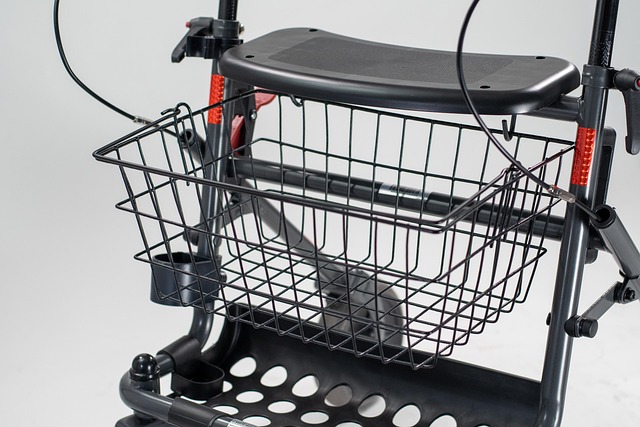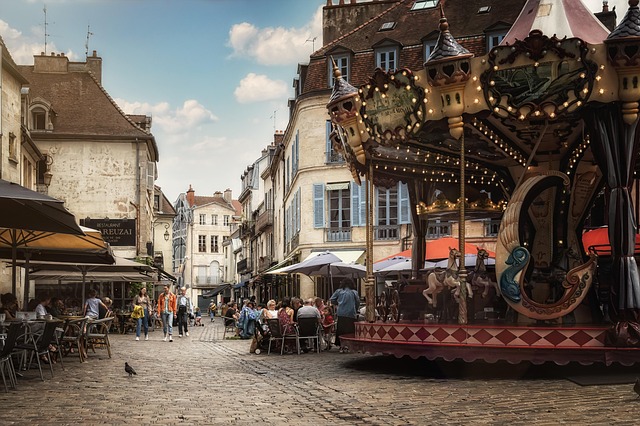Maximizing Efficiency: Land Use Optimization for Enhanced Mobility
In today’s fast-paced world, land use optimization has never been more vital. As urban areas continue to expand, the challenge of balancing effective land use while enhancing mobility becomes increasingly pronounced. It’s not just about where we build; it’s about how we connect. The harmony of efficient land management and improved transportation networks can transform the way we live and move in our cities.
The Importance of Land Use Optimization
Every day, millions of commuters navigate the complexities of their cities. Long commutes, traffic congestion, and limited public transport options can lead to frustrating experiences. By implementing land use optimization strategies, planners and communities can design spaces that reduce travel times and enhance accessibility.
Smart zoning laws, compact neighborhoods, and mixed-use developments can create vibrant communities where everything is within reach. Imagine walking to a café for breakfast, catching a tram to work, and returning to a lush green park—all without needing a car. This shift not only fosters mobility but also strengthens community ties and local economies.
Strategies for Enhanced Mobility
To achieve better mobility through land use optimization, we can adopt several key strategies:
- Integrated Transit Systems: Developing interconnected transport systems that combine buses, trams, walking, and biking paths can ensure that residents have multiple options to reach their destinations seamlessly.
- Transit-Oriented Development: By building residential and commercial spaces near public transport hubs, we encourage people to use mass transit and reduce reliance on cars, thereby minimizing traffic congestion.
- Parks and Open Spaces: Incorporating green spaces within urban designs not only improves aesthetic value but also promotes active transportation like biking and walking, leading to healthier communities.
Each of these strategies will contribute to a holistic approach to land use that elevates the mobility experience for everyone.
A Community-Centric Approach
Implementing land use optimization requires input and engagement from the community. When residents participate in planning discussions, they can express their needs and priorities. These insights can then guide the design of neighborhoods that cater to diverse lifestyles, accommodating families, young professionals, and seniors alike.
Furthermore, public spaces should be inclusive and welcoming. Safe walking paths, bicycle lanes, and well-lit areas can create a sense of security, encouraging more people to choose active forms of transportation.
The Path Forward
As we look to the future, the need for land use optimization as a pillar of urban planning will become increasingly essential. The convergence of technology and sustainable practices enhances our ability to maximize efficiency in mobility solutions. Initiatives incorporating smart technology, such as adaptive traffic signals and real-time public transport information, can further enhance the effectiveness of land use planning efforts.
By embracing these innovative approaches and prioritizing community engagement, we can create cities that are designed not just for transportation but for the livability, connectivity, and vibrancy that residents deserve.




